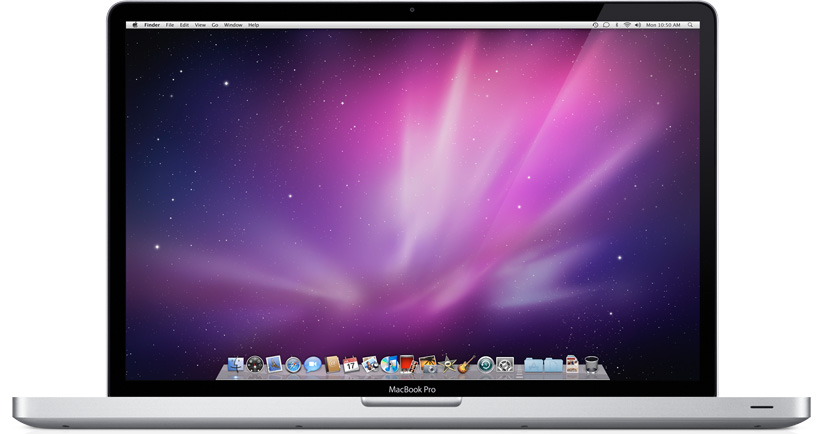

You should not forget the very high power consumption of displays with extremely high resolutions, either.
#Early 2015 macbook pro specs windows
If you run older Windows applications via Boot Camp, you will face scaling issues quite often that would even be worse with higher resolutions. You could, however, acknowledge that Apple found a good compromise in respect of the resolution: 227 PPI (XPS 13: 276 PPI) is more than enough to display even very small symbols and fonts sharply from a typical viewing distance. The Dell also has a tiny frame that allows very compact chassis dimensions and also looks unbelievably good. It remains to be seen how applications from Apple and third-party companies will use the new feature.Ĭonsidering the recently introduced Dell XPS 13, which has a resolution of 3200x1800 pixels at the same display size, the 2560x1600 pixels of the MBP 13 appear much less impressive than one or two years ago. The manufacturer created an overview about the numerous possibilities of the pad on the Internet – we found that some actions were pretty handy after a small learning period, but others are basically unnecessary gimmicks. You can search for terms in texts of websites with the Force Click, edit file names in the Finder or show all the opened windows from an app in the dock. Apple invented the so called Force Click for this purpose, which can be triggered with a high amount of pressure and is also accompanied with a second click (haptic/acoustic).

But the notebook can also execute different actions depending on the applied pressure. This trick feels so realistic in practice that you think you actually use a normal touchpad – with a slightly short travel – and a very crisp pressure point.īut what are the advantages of this construction, which is certainly very complex? Well: First of all, the pad can be clicked on the whole surface, which allows Drag & Drop operations with just one finger. If they register an input, the pad simulates a slight physical deflection via electromagnets and even creates the typical clicking noise. While the device is running, however, sensors analyze the pressure from the fingers of the user. This means nothing happens when you try to click it while the device is turned off. While a classic ClickPad uses some kind of hinge and can only be clicked at the lower half as a result, Apple's pad lies flat on the underground. Dimensions and the surface are completely identical to the previous solution – the actual highlight is the construction underneath. The new Force Touch trackpad is probably the most innovative new feature of the 2015 MacBooks. Apple uses a particularly fast triple-stream adaptor from Broadcom.
#Early 2015 macbook pro specs Bluetooth
The wireless connectivity includes the usual features like Bluetooth 4.0 as well as WLAN 802.11 ac. This means the MBP can be used as a real working device – one ambition that does not apply for the slimmed down Air-series or the new 12-inch MacBook.

The highlights of the port variety are the two Thunderbolt 2 ports (also usable as Mini-DisplayPort, up to 4K 60 Hz) in addition you get two USB 3.0 ports as well as one HDMI port (4K 24 Hz). The specialists from iFixit only rated the MacBook with 1 out of 10 possible points. Our critical eyes could not find any build quality flaws, but we can still notice the very limited upgradeability. The chassis, which is milled from a single piece of aluminum, is not the lightest of its kind with 1.6 kg, but the stability is excellent in return and you probably get the most precise display hinges in this class. Although there are many high-quality Ultrabooks with Windows nowadays, not many can actually reach the level of Apple. The MacBook is still the benchmark for all the rivals in respect of the quality.
:no_upscale()/cdn.vox-cdn.com/uploads/chorus_asset/file/3587922/oo04-09_1247tt.0.png)
All the corresponding information is available in our unboxing and test video on YouTube as well as the previous review article. Since the chassis and the ports are identical to the predecessor, we won't cover them extensively once again.


 0 kommentar(er)
0 kommentar(er)
